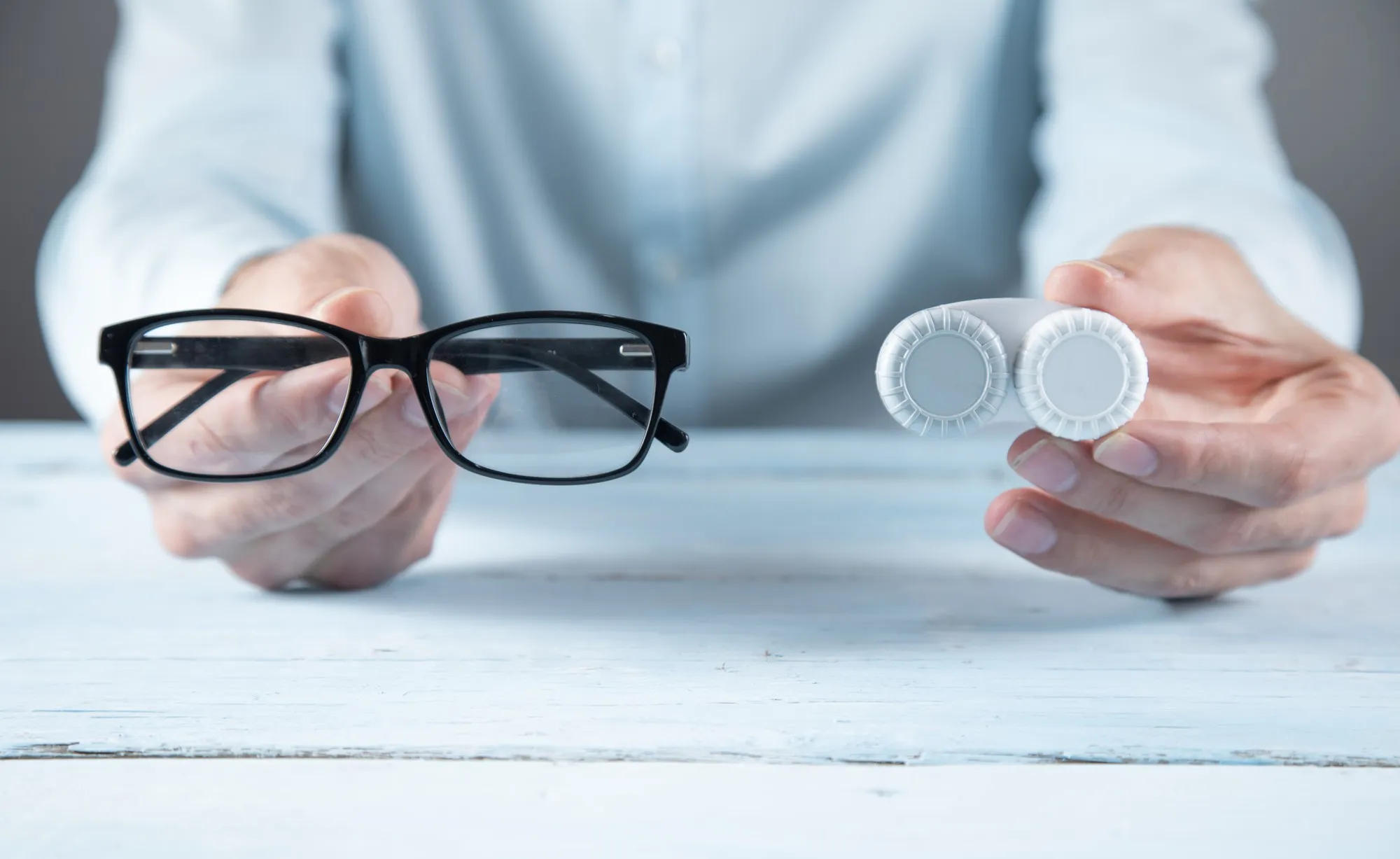A newly released study in the ‘Contact Lens & Anterior Eye’ journal has caught the attention of optometrists and healthcare professionals worldwide by providing compelling evidence on the effectiveness of two types of contact lenses in controlling myopia progression in children. The study, carried out by researchers from the Eye Institute of Shandong First Medical University in China, presents a comparative analysis of orthokeratology (OK) lenses and defocus-incorporated multiple segment (DIMS) lenses, revealing a significant retardation in axial length (AL) elongation compared to single-vision spectacles (SVS).
A Glimpse into the Research
Preserving the vision health of children is a critical concern, particularly in the face of the escalating numbers of myopia or nearsightedness cases. The study conducted by Lu Weicong and his colleagues delved into a sample of 540 myopic children, aged between 7 and 14. These participants were meticulously organized into three distinct groups; 180 were prescribed DIMS lenses, another 180 were fitted with OK lenses, while the remaining 180 participants continued with single-vision spectacles as a control measure.
After an extensive one-year follow-up, numerical findings were gathered and processed via a one-way ANOVA and multiple linear regression analysis. These statistical tools aimed to crystallize the shifts in axial length and the extent of such shifts within the three groups evaluated.
The Discoveries Unveiled
The outcomes painted a revealing picture. Adjustments in axial length across the three categories stood at 0.20±0.18 mm for the OK lens users, 0.30±0.22 mm among those with DIMS lenses, and a more pronounced growth at 0.38±0.19 mm within the SVS group, establishing a convincing case for the benefit of lens interventions with P values hitting below 0.001.
The enigma intensified when children were further sorted into subcastes based on myopia severity: low (LM), moderate (MM), and high (HM). Within the LM subgroup, OK and DIMS yielded parallel slowdowns in AL shifts when juxtaposed with SVS, pushing statistical significance with P at 0.001. Contrastingly, for those in the MM and HM subgroups, OK lenses surged ahead, demonstrating superior control over axial length enhancement when compared with DIMS and SVS, garnering P values comfortably below 0.001.
Regression analysis shed light on diverse factors influencing the grade of axial length modification, including the child’s age, initial axial length, spherical equivalent (SE), and the type of lens intervention. Both OK and DIMS interventions were important contributors to AL change, resonating with P values at 0.020.
The Implications and Future Horizons
The study presents a crucial contemplation for eyecare professionals. According to the research:
1. OK and DIMS lenses could dramatically slow down the rate of AL elongation, a hallmark change in myopic progression, when contrasted with standard SVS.
2. OK lenses, in particular, surfaced as more efficient than DIMS lenses in managing the effects of higher myopia degrees.
Such findings underscore the significant potential these interventions hold in combating the widespread issue of childhood myopia. With a staggering 92% of the subjects completing the year-long study, the robustness and reliability of the data become quite substantial, supporting the real-world application of these findings.
Ethical Considerations and Compliance
The authenticity and transparency of empirical research are as cardinal as the results themselves. The team behind this study declared a clean slate when it came to potential competing financial interests or personal relationships that could cast a shadow over the work’s integrity.
Strategic Evolution in Myopia Management
This innovative research adds another layer of strategic insight to the emerging repertoire of myopia control options. While eyeglasses have long been the bedrock of vision correction, the advancing terrain now includes OK and DIMS lenses, which not only correct visual acuity but also play a pivotal role in decelerating myopia progression.
Bridging the Knowledge Gap
The study, carrying the DOI 10.1016/j.clae.2024.102122, is not only a beacon for the scientific community but also serves as a vital educational cornerstone for practitioners and patients alike who are combatting myopia in young individuals.
References
To explore the methodology, findings, and nuanced discussions in detail, readers are directed to the original article:
1. Lu, W., Ji, R., Jiang, D., Shi, L., Ding, W., Tian, Y., Zhao, C., & Leng, L. (2024). Different efficacy in myopia control: Comparison between orthokeratology and defocus-incorporated multiple segment lenses. Contact Lens & Anterior Eye: The Journal of the British Contact Lens Association, 102122. https://doi.org/10.1016/j.clae.2024.102122
Additional references offering background and complementary studies include:
2. Cho, P., Tan, Q. (2020). Myopia and orthokeratology lenses: A review. International Journal of Ophthalmology, 13(11), 1788-1794.
3. Huang, J., Wen, D., Wang, Q., McAlinden, C., Flitcroft, I., Chen, H., … & Huang, Y. (2016). Efficacy comparison of 16 interventions for myopia control in children: A network meta-analysis. Ophthalmology, 123(4), 697-708.
4. Walline, J. J., Greiner, K. L., McVey, E. K., & Jones-Jordan, L. A. (2013). Multifocal contact lens myopia control. Optometry and Vision Science, 90(11), 1207-1214.
5. Wang, J., Yang, D., Bi, H., & Pan, C. (2019). Effect of defocus incorporated multiple segment (DIMS) lens on myopia progression in Chinese children: A pilot study. British Journal of Ophthalmology, 103(7), 952-957.
Keywords
1. Myopia Control Lenses
2. Orthokeratology Effectiveness
3. Myopia Progression in Children
4. DIMS Lenses for Myopia
5. Axial Length Elongation Study
By harnessing the power of advanced contact lens technology—with a focus on OK and DIMS lenses—the global eyecare community can potentially slow down or even reverse the alarming upward trends of myopia in children. As research builds up, ongoing evaluation and implementation of such findings could steer us toward a future where myopia is no longer a vision-threatening plight for the younger generations.
